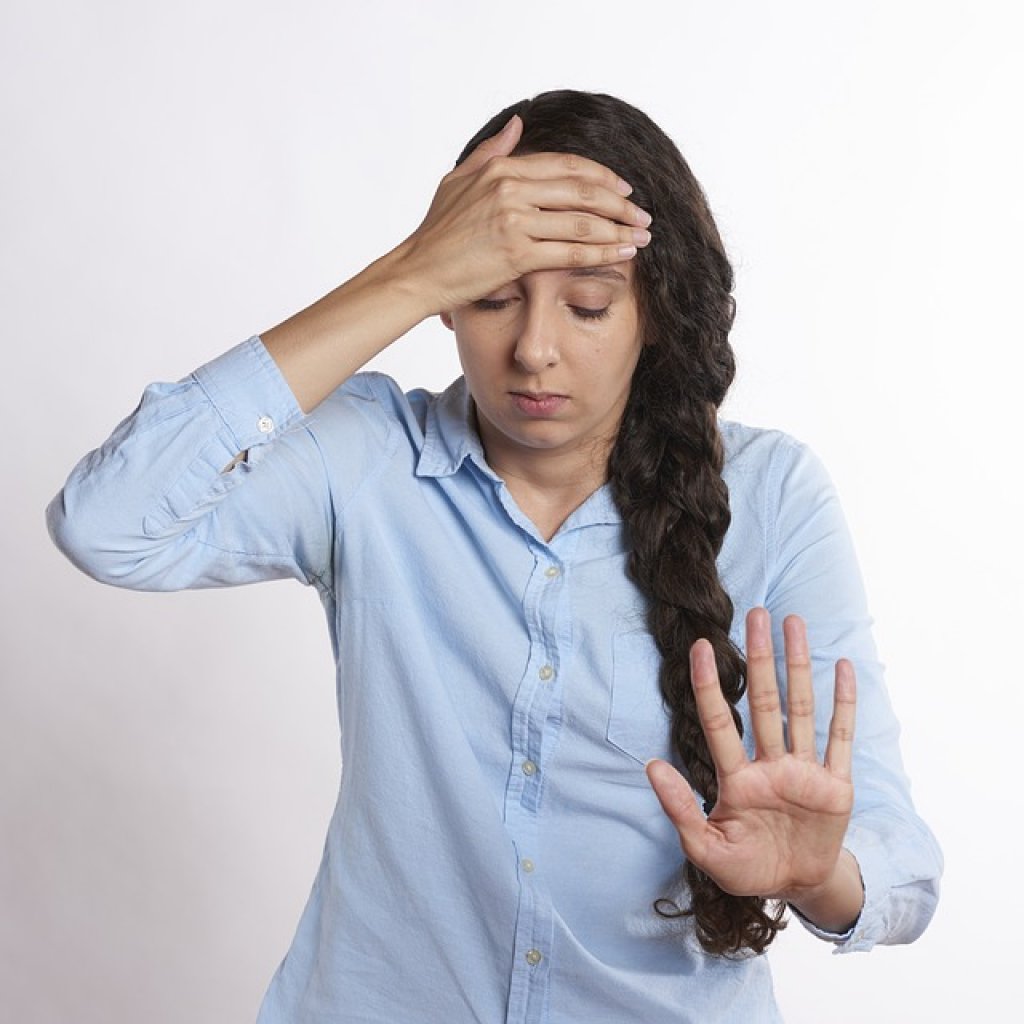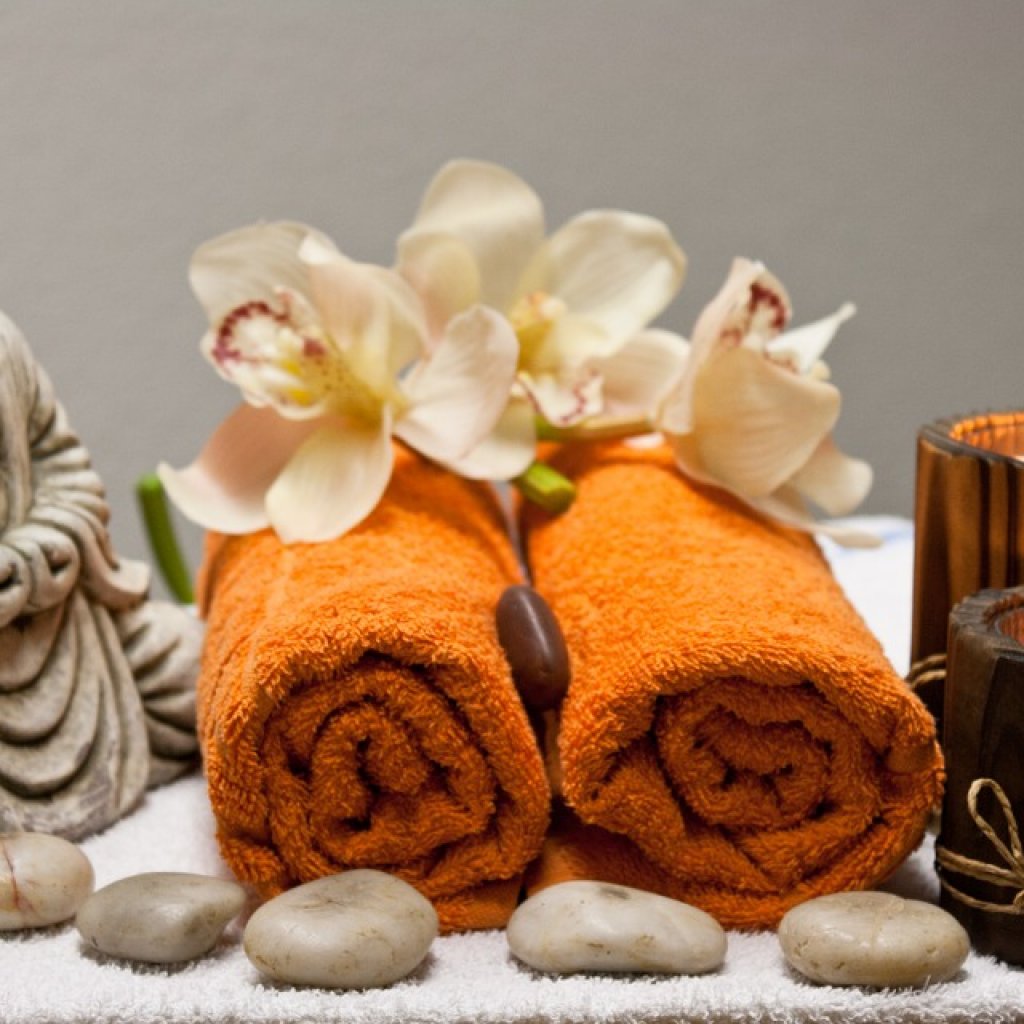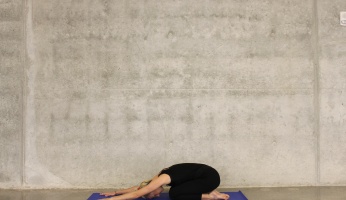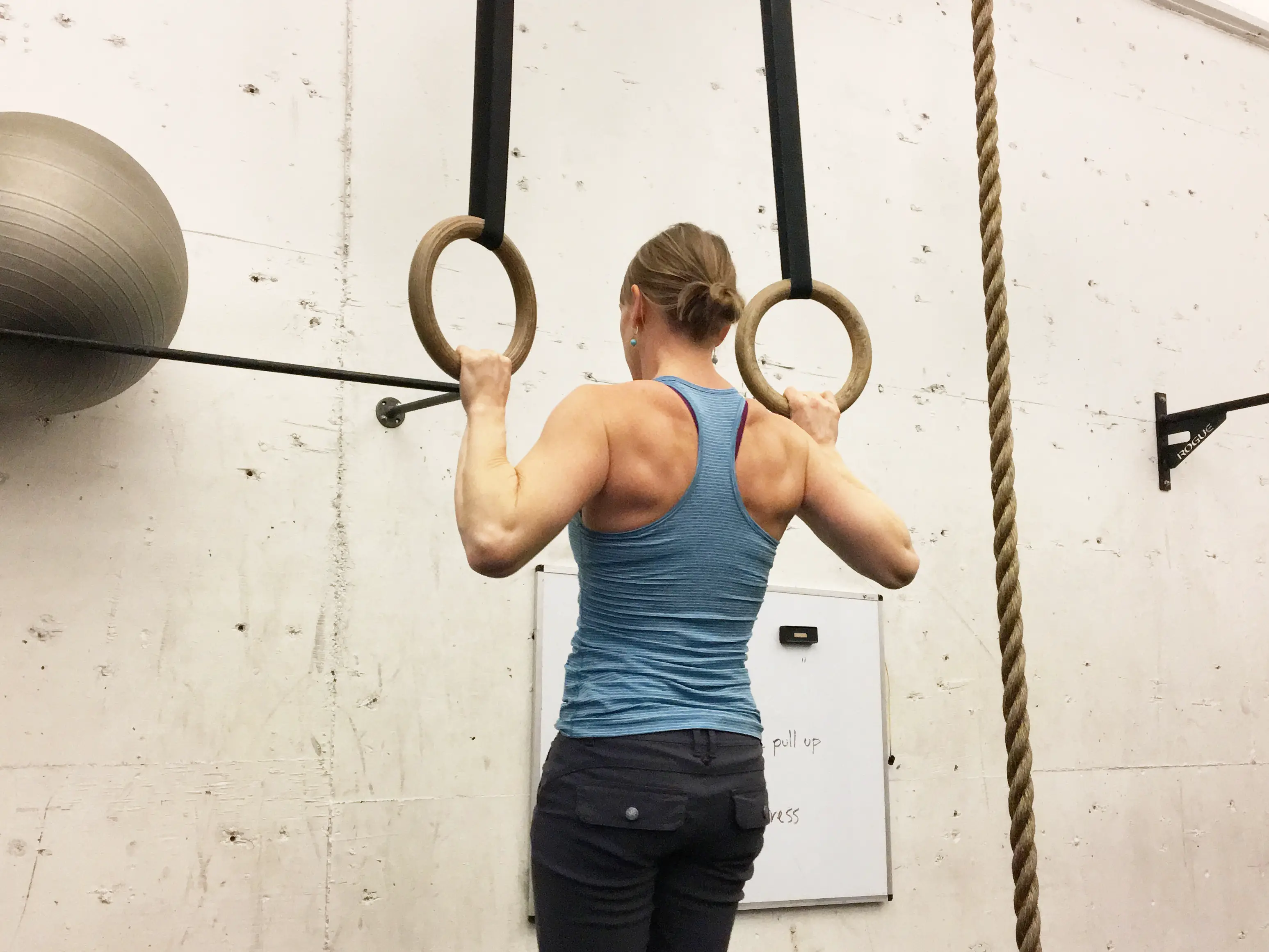Migraine Relief: 8 of the Best Techniques to Try
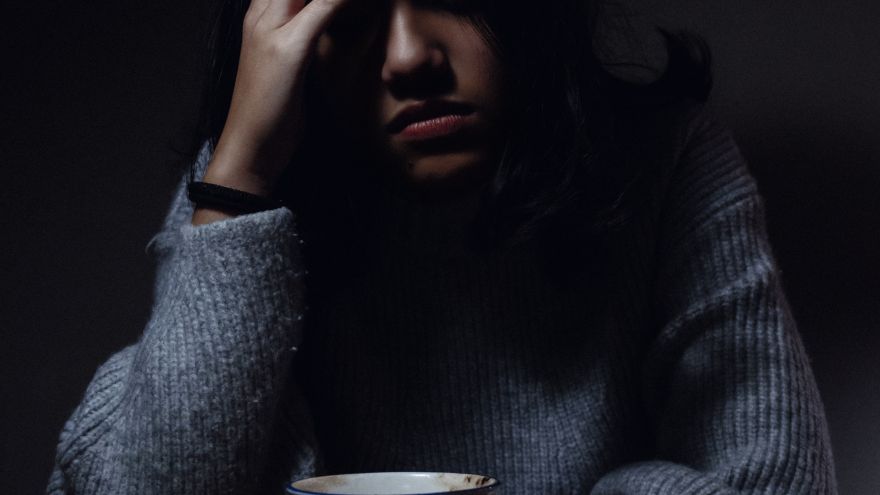 Migraine Relief: 8 of the Best Techniques to Try
thegearhunt.com
Migraine Relief: 8 of the Best Techniques to Try
thegearhunt.com
It is estimated that nearly 30-million people suffer from migraine headaches in the United States alone. It is also estimated that three times as many women have them, as men do, but it is not unheard of for a man to suffer from these debilitating headaches as well. The first thing you need to know is that migraine and tension or any other kind of headache are not the same things, though these types of headaches can trigger the other.
A migraine is a pulsing headache, that happens often on only one side of the head, but can be had on both. Physical activity, light, noise, and many other things can make the pain worse, but every person is different, and every episode of a migraine is different as well. It is important to note that migraines once again are not typical headaches and as a migraine sufferer you will do almost anything to make the pain go away.
In this blog, we will go into the signs and symptoms of a migraine, common migraine triggers and some of the best things to try to get relief from this pounding, nausea-inducing headaches. If you suffer from migraines, then this is a blog you’re going to want to read right away. Join us as we delve into migraines and what you can do to get a small amount of relief from them.
Signs and Symptoms of Migraines Revealed
There are quite a few signs and symptoms to watch out for if you are a migraine sufferer. The thing is that it’s not the same for everyone and the symptoms aren’t the same before every attack. With that in mind, we will give you a list of the possible signs and symptoms to watch out for anyway.
The Prodrome Period: The Headache Before the Headache so to Speak
- One to two days before a full migraine strikes
- Mood changes, happy one second, depressed the next
- Constipation
- A stiff neck
- Cravings for foods you don’t usually crave
- Increased thirst
- Increased urination
- Yawning all of the time, even though you aren’t really tired
The Aura: Before or During the Migraine
- Seeing shapes, spots, and lights
- Vision loss
- Sensations of pins and needles in arms and legs
- Feeling weak or numb in one or both sides of your face and body
- Having a hard time talking
- Hearing music and noises that aren’t there
- Jerking or other movements that you can’t control
The Migraine Attack: The Migraine Itself
- Usually lasts from four to 72 hours if it isn’t treated properly
- Throbbing on one or both sides of the head
- A major sensitivity to sounds, touch, smell, and light, not all of these could happen, but at least some usually do
- Vomiting
- Nausea
- Blurred vision
- Feeling lightheaded
- Fainting
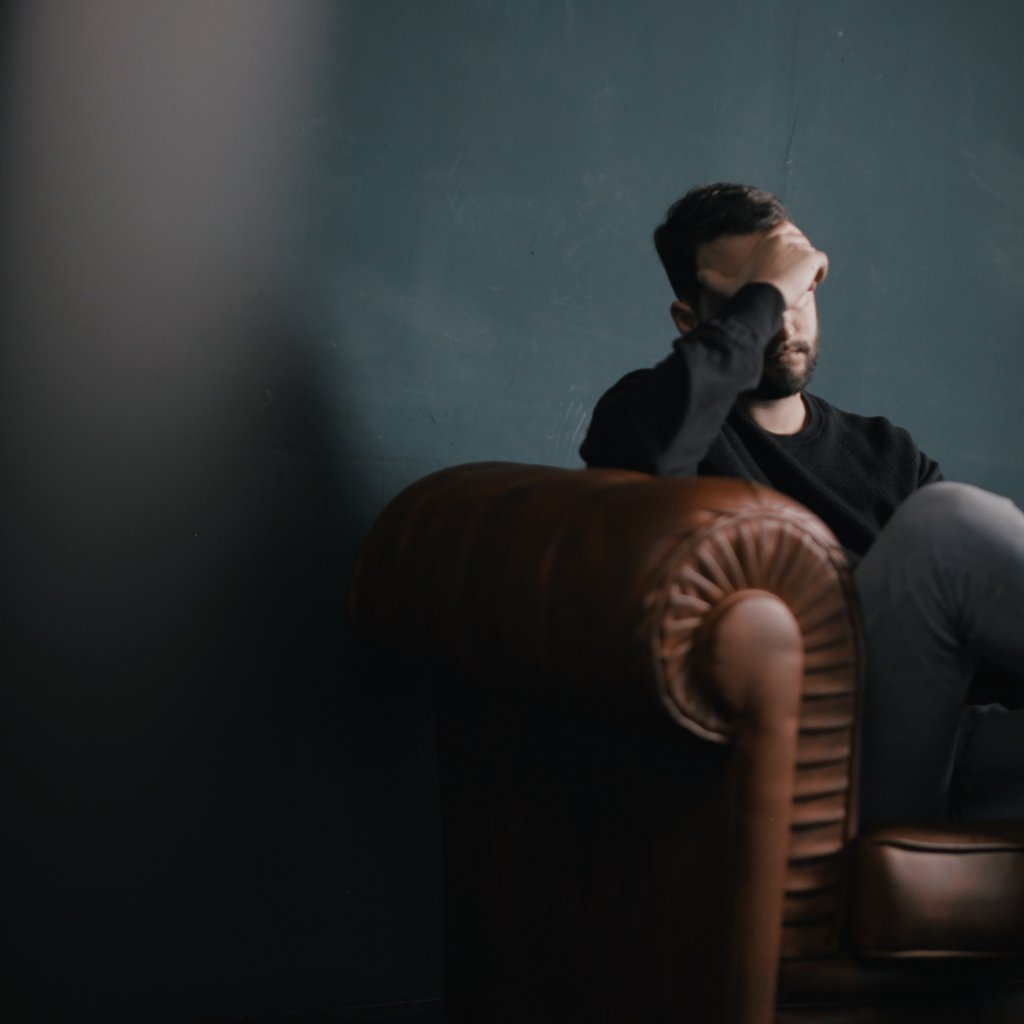
Post-Drome: After the Migraine is Over
- After the headache passes
- Usually lasts 24 hours
- Elation
- Drained of all energy
- Confused
- Dizzy
- Moody
- Weak
- And still, have a sensitivity to light and sound
When You Need to See Your Doctor Right Away
It can also be hard to judge just when you should see your primary health care provider for a migraine or a possible migraine. Below, we will list a few of the times that it’s best to go in for a checkup and evaluation.
- A headache that comes on like a thunderclap with no warning at all
- Headaches with a fever, confusion, double vision, or other warning signs
- A headache that comes after a head injury
- Headaches that are new to you over the age of 50
- A headache that is chronic and worse after straining, moving or other activity
You’re right to think that these are a lot of signs and symptoms to watch out for, but if you know them and keep a vigilant eye, then it’s possible to at times stop the headache before it hits. There are also triggers that cause migraine sufferers to have these headaches more than others. We will go into a little about the triggers and the most common ones in our next section of this blog.
Triggers of Migraines Explained and Listed
The exact causes of migraines have never been understood, though studies are going on each and every day. It seems that there are quite a few triggers out there that can cause them in people who suffer from migraines. We will go into a few of the most common triggers in this section together.
We will list the most common, then talk about a few of them in more detail as well.
- Lack of sleep or being jet lagged
- Stress
- Hunger
- Dehydration
- Certain foods
- Additives
- Caffeine
- Alcohol
- Overuse of medications
- Certain smells
- Certain scents
- Lights
- Sounds
- The weather
- Hormones in females
- Physical activity
Certain Foods
There are certain foods out there that have been reported to trigger migraine attacks. Many of them contain caffeine. However, a little bit of caffeine has been known to stop a migraine or give the sufferer relief from the headache. There is even caffeine in some migraine medicines. It’s when you use too much caffeine that the headache gets much worse in most cases. Some foods that you might need to avoid are listed below.
- Chocolate
- Pickled foods
- Beans
- Dried fruits
- Cultured dairy products
- Processed foods
- Foods that are very, very cold, ice cream, etc.
- Foods that contain MSG
- Alcohol, mostly red wine
- Certain types of cheeses
- Foods that contain nitrates, such as hot dogs and bacon, sausage, and deli meats
These are just a few of the foods that you might want to avoid. Luckily, there are substitutes for most of them and you can have a small dose of caffeine, meaning chocolate and coffee might be okay. If you’re unsure, contact your primary care provider and let him help you make the right choice as to which foods are right to avoid your triggers and to help you feel better. It is also a good idea to be diagnosed with migraines, not just assume that’s what you have so going to your doctor is the best thing from the beginning.
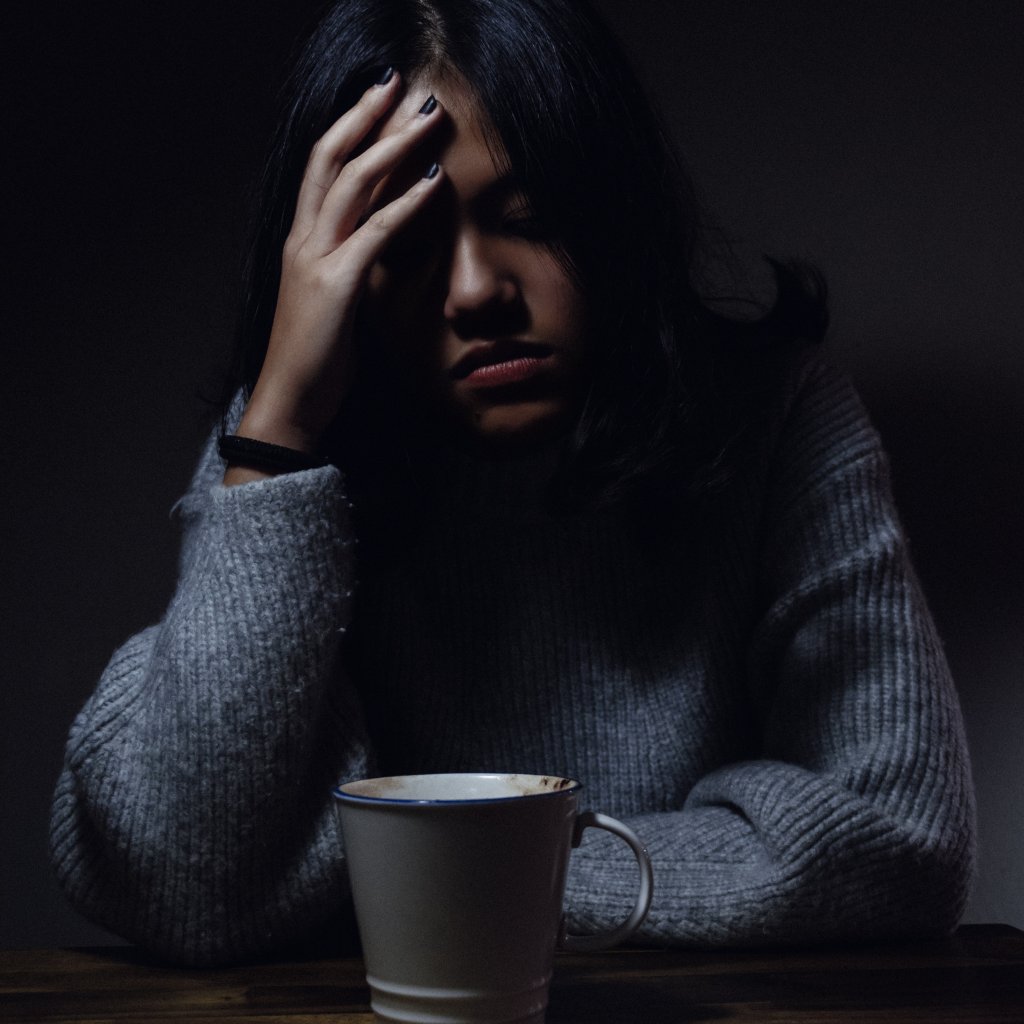
Not Getting Enough Sleep
Not getting enough sleep, changing your sleep habits or having jet lag is one of the most common triggers for those who suffer from migraines. However, getting too much sleep has also been known to trigger migraines, so you have to be very careful with your sleep schedule.
Stress
The number one cause of migraine triggers seems to be stress. A dramatic increase in either physical or mental stress can bring on a migraine as nothing else can. It is estimated that between 50 to 80 percent of people who suffer from these types of headaches say that they are usually caused by stress.
Odd or Strong Smells
Scents from perfumes, cigarette smoke, certain foods, and even wax melts and candles have been attributed to migraines. For example, I love wax melts and have them burning in my warmer most of the day. However, I have to stick to fall and winter scents, and some summer, because spring scents such as clean linen or anything along those lines, triggers my migraines.
Changes in the Weather
Believe it or not, even changes in the weather can trigger migraines in some sufferers. Thunderstorms and lightning have been linked to migraines as well.
These are just some of the triggers out there that are said to cause migraines to happen in people who suffer from these types of headaches. In our next section, we will go into some of the techniques and methods you can try to prevent the headaches and get relief when they do it.
Best Techniques to Try for Migraine Prevention and Relief
There are quite a few techniques and home remedies out there for you to try when it comes to migraine prevention and relief. However, if you aren’t sure that migraines are what you’re suffering from, it’s best to make an appointment with your doctor to be examined. If you have visited with your doctor already, and know that migraines are your problem, then read on below for some relief and prevention tips.
Slip on Some Sunshades
While it might not be considered a fashion statement these days, if you have a sensitivity to light, you might want to slip on some shades, even indoors, if you can’t draw the blinds or curtains. Many people who have migraines are sensitive to light and it makes the headaches worse when they do start as well.
Use Lavender Oil
Inhaling a lavender essential oil for 15 minutes is said to lessen the pain of migraine attacks. Studies have shown that people who did this during an attack experienced faster relief from the pain. The oil can be inhaled directly or diluted and applied to your temples to help ease the pain. Do make sure that you aren’t allergic to lavender or essential oils before you try this method, however.
Use Peppermint Oil
If you are looking for a way to stave off the migraine before it hits, peppermint oil may do the trick for you. Applying the diluted menthol oil to your forehead and temples can help with pain, nausea and light sensitivity as well. As with the lavender oil, first, find out if you are allergic to peppermint or essential oils before trying this method of relief.
Set a Schedule and Stick to It
Setting yourself sleep and waking up schedule and sticking to it is one of the best ways to prevent migraine attacks that have been found so far. The key word here is regular. Pick a time to go to bed, a time to wake up and even a time to exercise and stick to that schedule firmly. Any change in sleep schedules and exercise schedules can trigger migraines in many sufferers. It’s best to ward it off if you can then try to get rid of the pain once the headache has started.
Book a Massage/Try Yoga
Two of the more recent ways to deal with migraines is through cutting the stress and tension in your life. You can do this by signing up for a yoga class or even booking a massage. Since stress is the number one cause of migraines in most people, it’s best to do this on a regular basis to keep your stress levels at a minimum.
Try Some Ginger
Nausea is a part of the attack for some people who suffer from migraines, and ginger is said to help with that nausea quite a bit. According to studies done, ginger helped to lessen the severity and duration of migraine attacks for many sufferers.
Lay Down in a Dark, Quiet Place
When it comes to dealing with the pain, nausea, and sensitivities of a migraine, it is best to lay down in a dark, cool, quiet room if at all possible. Being away from the light, sound, and other triggers can help you to get rid of the headache quicker.
See Your Doctor
If you have done everything you can to prevent and lessen the severity of your migraine episodes, then it’s time to consult with your primary health care provider once again. He can help you determine what is the best course of action for you and also prescribe prescription meds if the need arises. It is better to be safe than sorry when it comes to any type of headache, that won’t go away or worsens over time.
This concludes our blog on migraines and migraine prevention and relief techniques you can try. Migraines are no joke and they can limit your activity for days at a time, even more in some cases. Until next time, stay safe, everyone!
Sources:
- Healthline: 10 Natural Ways to Reduce Migraine Symptoms
- WebMD: Top Migraine Hacks
- WebMD: Migraine Warning Signs and What You Can Do





